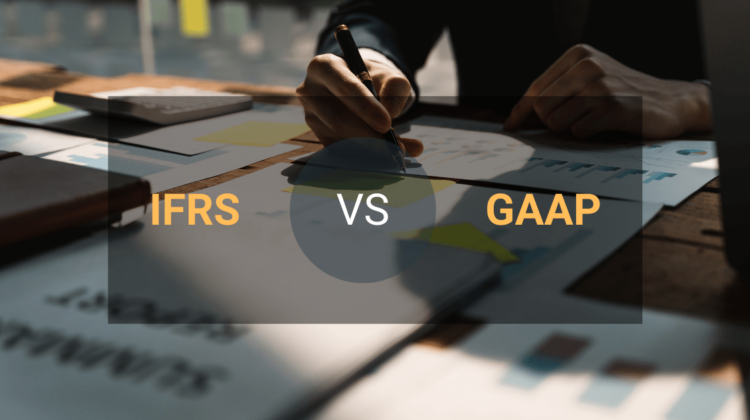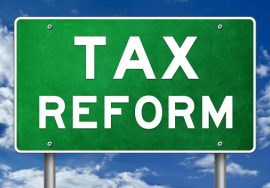
IFRS vs. GAAP: Key Differences and Their Impact on Businesses
Financial reporting is a critical aspect of any business, ensuring transparency, accuracy, and compliance with regulatory standards. Two major accounting frameworks dominate global financial reporting: International Financial Reporting Standards (IFRS) and Generally Accepted Accounting Principles (GAAP). While both aim to provide a standardized approach to financial statements, they differ in key ways that can significantly impact businesses operating in different regions.
IFRS is the accounting standard used in over 140 countries, including the European Union, Canada, and many parts of Asia. It is principles-based, meaning it focuses on broader guidelines and interpretations rather than specific rules. This approach provides flexibility but requires professional judgment in applying accounting standards to various financial transactions. On the other hand, GAAP is primarily used in the United States and follows a rules-based approach. This means that GAAP provides detailed rules and frameworks, leaving less room for interpretation but ensuring consistency and compliance with specific regulatory requirements.
One major difference between IFRS and GAAP lies in revenue recognition. IFRS follows a single, principles-based model for recognizing revenue, outlined in IFRS 15, which emphasizes the transfer of control rather than just the transfer of risks and rewards. GAAP, however, has more detailed and industry-specific guidance for revenue recognition, which can result in different revenue reporting outcomes for companies operating under each standard.
Another key difference is how inventory is accounted for. Under GAAP, businesses have the option to use either the First-In, First-Out (FIFO), Last-In, First-Out (LIFO), or weighted average cost method for inventory valuation. However, IFRS prohibits the use of LIFO, as it may not always reflect the actual flow of inventory costs. This can affect a company’s reported profits and tax liabilities, particularly in industries where inventory costs fluctuate significantly.
The treatment of intangible assets is also different under IFRS and GAAP. IFRS allows the revaluation of intangible assets, such as patents and trademarks, under certain conditions if there is a reliable fair value. GAAP, however, requires intangible assets to be recorded at cost and only permits adjustments in case of impairment. This difference can impact a company’s financial statements, especially for businesses with significant intangible assets in their portfolios.
Lease accounting has also undergone major changes in both IFRS and GAAP in recent years. Under IFRS 16, all leases, except for short-term and low-value asset leases, must be recorded on the balance sheet as liabilities with corresponding right-of-use assets. GAAP follows a similar approach with ASC 842 but distinguishes between finance leases and operating leases, affecting how expenses are reported over time.
The impact of these differences on businesses can be substantial. Multinational companies operating in both IFRS and GAAP jurisdictions may face challenges in financial reporting and compliance, requiring additional resources for adjustments and reconciliations. Investors and stakeholders also need to be aware of these differences when analyzing financial statements to make informed decisions. Companies transitioning from GAAP to IFRS or vice versa may experience changes in reported earnings, financial ratios, and tax obligations, influencing strategic business decisions.
Ultimately, understanding the distinctions between IFRS and GAAP is crucial for businesses, accountants, and investors. While both standards aim to ensure transparency and reliability in financial reporting, their differences can lead to varying financial outcomes. As globalization continues to shape financial markets, businesses must stay informed about these accounting frameworks to navigate financial reporting complexities effectively.








